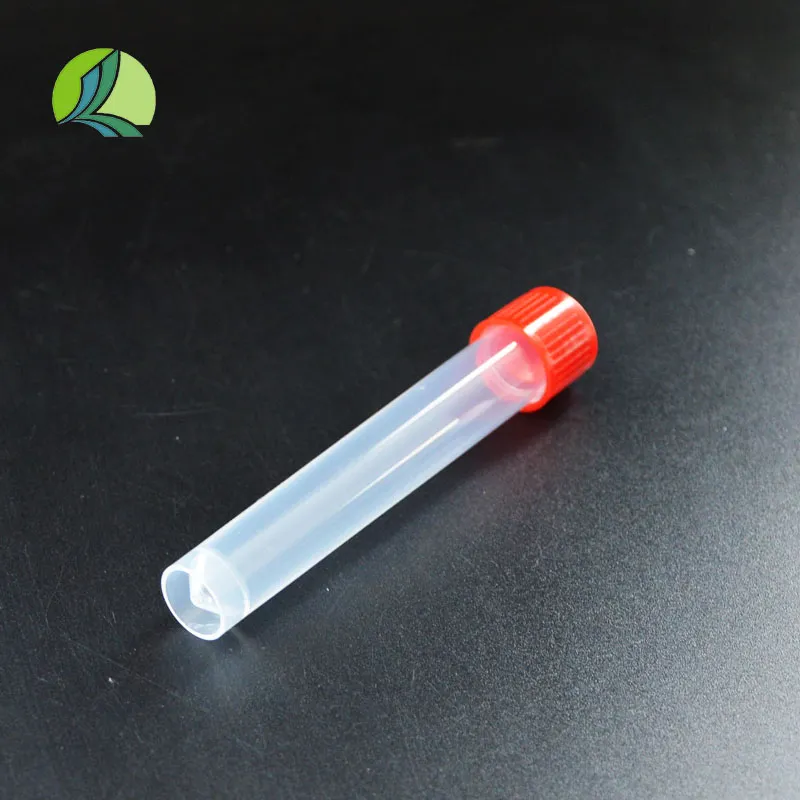Innovative Designs for Cell Culture Bottles to Enhance Laboratory Research Efficiency
Understanding Cell Culture Bottles A Crucial Tool in Biotechnology
Cell culture bottles are essential tools in the field of biotechnology, particularly for researchers and scientists involved in tissue engineering, drug development, and various forms of biological research. These specialized containers are designed to support the growth and maintenance of cells outside of their natural environment, allowing for controlled experimentation and observation. With the significant advancements in biotechnology, grasping the nuances of cell culture bottles can significantly enhance research outcomes and streamline laboratory processes.
Types of Cell Culture Bottles
There are several types of cell culture bottles, each serving different purposes depending on the specific needs of the experiment. Common types include flasks, dishes, and roller bottles.
1. Flasks These are the most widely used form of cell culture bottles. Typically made of glass or plastic, they come in various sizes and are designed with a wide mouth for easy access. Flasks are ideal for growing monolayers of cells or suspensions. They often have vented caps to allow for gas exchange, which is critical for aerobic cells.
2. Dishes Petri dishes or culture plates provide a flat surface for the proliferation of cells. They are often used for microbiological studies and are essential for assays that require a large surface area, such as cloning and screening experiments.
3. Roller Bottles Roller bottles are used for culturing large volumes of cells. They are mounted on a rotating apparatus, allowing cells to remain in suspension while ensuring a uniform distribution of nutrients and gases. This is particularly useful for industrial applications where cell harvesting is done on a larger scale.
Material Considerations
Choosing the right material for cell culture bottles is critical
. While glass containers have been traditional choices due to their reusability and ease of sterilization, plastic options are becoming increasingly popular due to their lightweight nature and lower risk of breakage. Moreover, plastic culture bottles can be made of materials treated to be more conducive to cell adhesion, further enhancing their utility in various research contexts.cell culture bottle

Sterilization and Contamination Prevention
Sterilization is a vital step to prevent contamination in cell culture practices. Most commercial cell culture bottles come pre-sterilized, typically via gamma radiation or ethylene oxide, which ensures a sterile environment for cell growth. The design of the culture bottle also plays a role in minimizing the risk of contamination. Bottles with reinforced necks or specialized caps serve to further reduce the chances of exposure to contaminants, ensuring the integrity of the cellular environment.
Growth Conditions and Media
Cell culture bottles are often used in conjunction with specialized media that provide the necessary nutrients, vitamins, and ions for optimal cell growth. Researchers must select the appropriate media based on the cell type being cultured and any specific experimental conditions. This selection is crucial, as the right medium can significantly affect cell morphology, growth rate, and functionality.
Application in Research and Industry
Cell culture bottles have numerous applications in research and industrial settings. They are instrumental in drug testing, vaccine development, tissue engineering, and regenerative medicine. By providing a controlled environment, researchers can observe cellular responses to various stimuli, screen potential drug candidates, or study cellular interactions in real-time.
Moreover, in biopharmaceutical production, cell culture bottles allow for the mass generation of cells that produce therapeutic proteins, antibodies, or vaccines. By optimizing the conditions within these bottles, companies can scale up production to meet clinical and market demands.
Conclusion
In conclusion, cell culture bottles are a foundation stone in modern biological research and biotechnology. Understanding their types, materials, and applications is essential for scientists and researchers who seek to manipulate and study cellular behavior. As advancements in technology and materials science continue to evolve, the capabilities and efficiencies of cell culture bottles will expand, paving the way for new discoveries and innovations in health and medicine. The ongoing investment in this pivotal area of research signifies the critical role that cell culture techniques will play in future scientific breakthroughs.
-
Aesthetic Makeup Spray Bottles | Fine Mist Empty RefillableNewsAug.19,2025
-
White Plastic Veterinary Vaccine Vials | Lab Liquid BottlesNewsAug.18,2025
-
Plastic Medicine Liquid Bottle: Secure Flip Top Drug VialsNewsAug.17,2025
-
Durable 250ml Blue Plastic Vaccine Vial for Lab & Vet UseNewsAug.16,2025
-
Sterile Virus Sample Tubes: Secure & Reliable Specimen CollectionNewsAug.15,2025
-
White 250ml Plastic Vaccine Vial for Lab & Vet MedicineNewsAug.14,2025
























